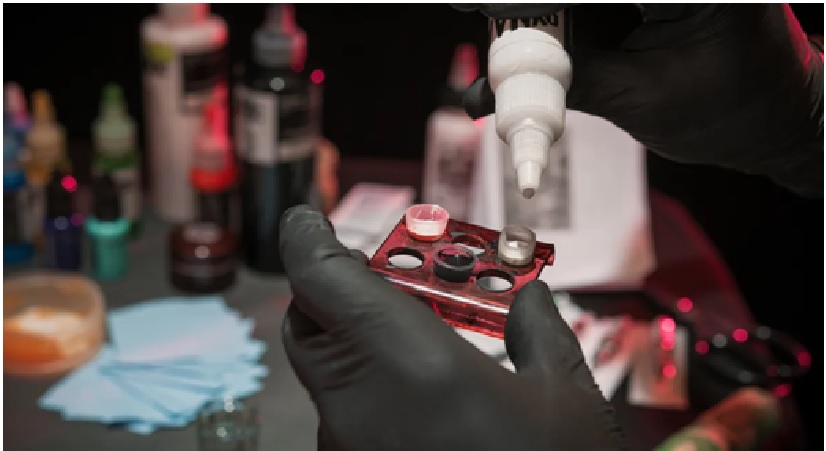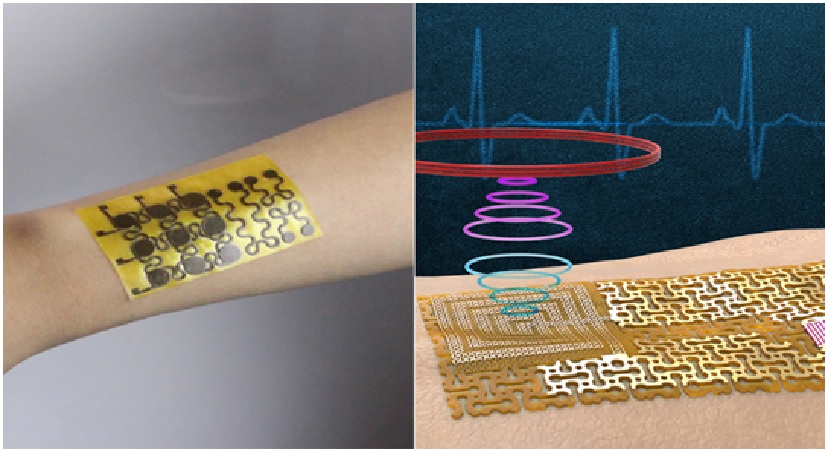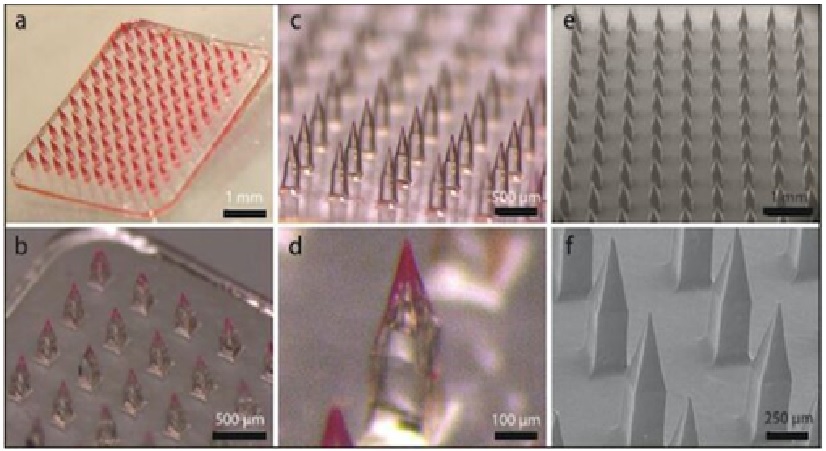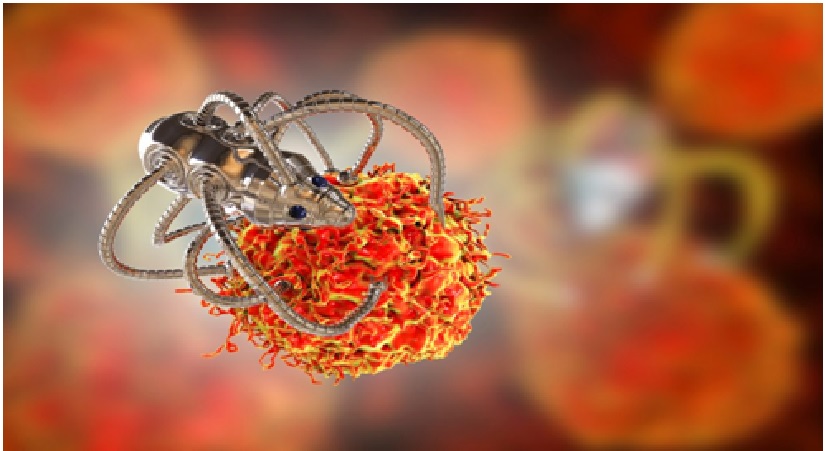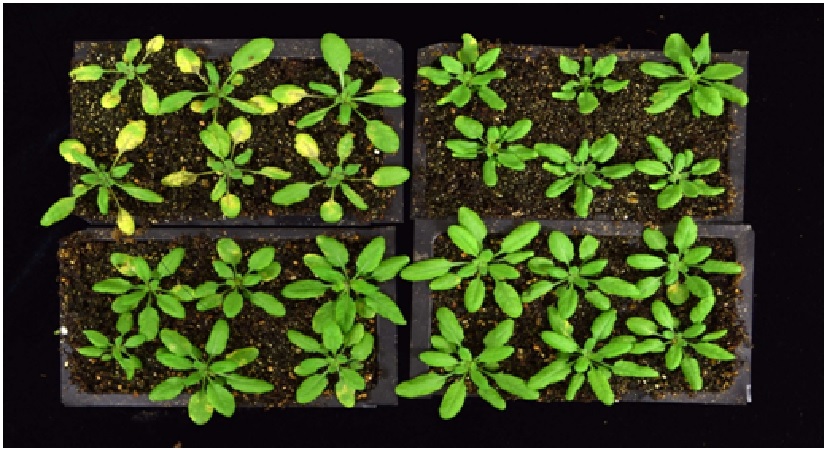Spatial Transcriptomics (3D) to Map Tumor for the First Time
Researchers have developed a breakthrough technique called spatial transcriptomics, which allows scientists to map tumors non-invasively and at an unprecedented resolution depth. For the first time, researchers have created a three-dimensional map of a whole prostate to an unprecedented resolution, including areas of healthy and cancerous cells.
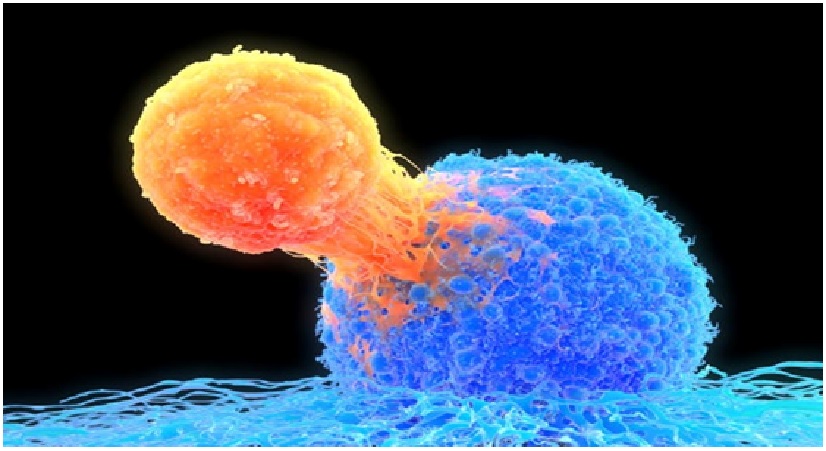
Figure 1: Spatial transcriptomics to map tumors cancer cells.
Figure 1 shows that the individual prostate tumors contain a range of genetic variations, which until this point were unknown.“We have never had this level of resolution available before, and this new approach revealed some surprising results,” said Alastair Lamb. [1]
current techniques for studying the genetics of cells restricted to analyzing cancerous DNA samples in 2D snapshots, the novel spatial transcriptomics technology adds resolution like never before.
Many cancers, including prostate cancer, are three-dimensional, further consolidating the knowledge gap that comes with current state-of-the-art techniques. Cancer starts with a genetic mutation, so there is a need to optimize the understanding of these cellular changes.
Spatial transcriptomics enabled scientists to achieve an unprecedented ability to group cells according to similar genetic identities. One surprising find was that the new technique revealed that much healthy tissue had already shown genetic characteristics usually identified with cancer.
"We have found that many of the copy number events we previously thought to be linked specifically to cancer are actually already present in benign tissue. This has big implications for diagnosis and also potentially for deciding which bits of cancer need treating," Dr. Lamp further explained. [2]
The research, funded by Cancer Research UK, included the analysis of more than 150,000 regions in three prostates amongst other cancers, such as breast and brain tissue. Remarkably, the novel spatial transcriptomics approach enabled scientists to observe genetic variation even to a resolution where individual genes could be seen, thus creating a detailed landscape of tissues.
"This fascinating research challenges our understanding of how cancer develops. Using cutting-edge technology, our scientists have built an incredibly detailed 3D map of the prostate. Their results show that apparently healthy cells in the body can have the same DNA damage as cancer cells. Working out what stops them from becoming cancerous could help us to detect this disease earlier," explained Dr. Henry Stennett, Research information manager at Cancer Research UK. [3]
References:
- https://lifeboat.com/blog/2022/08/breakthrough-study-creates-3d-genetic-map-of-prostate-cancer-like-never-before
- https://www.ox.ac.uk/news/2022-08-11-genetic-mapping-tumours-reveals-how-cancers-grow
- https://interestingengineering.com/science/3D-genetic-map-prostate-cancer
Cite this article:
Sri Vasagi K (2022), Spatial Transcriptomics (3D) to Map Tumor for the First Time, AnaTechMaz, pp.91








